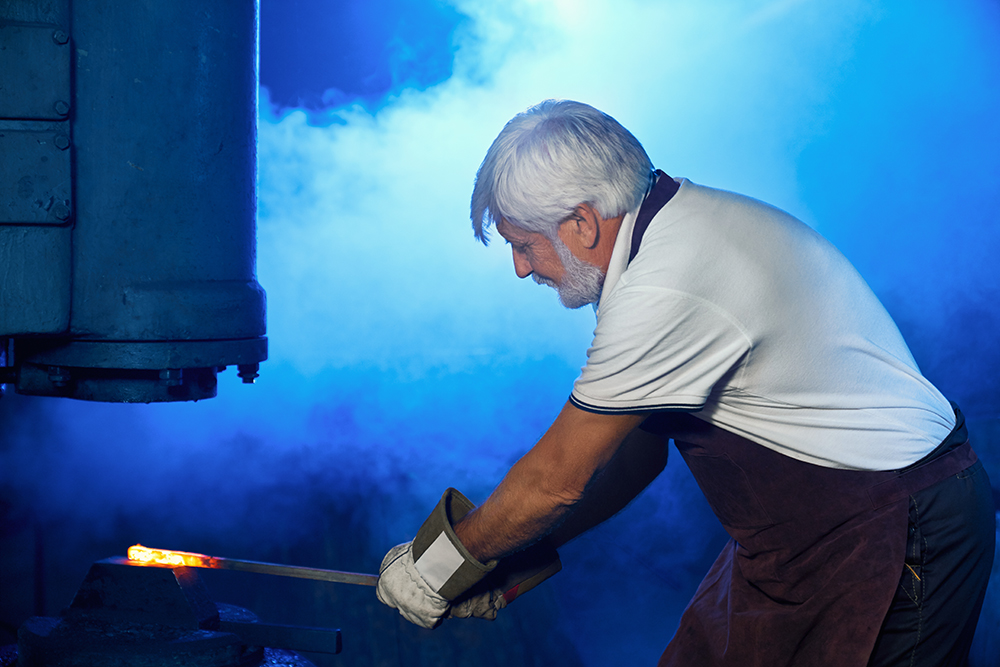
Bridging the Generational Divide in the Metals Industry
The metals industry, with its rich history and complex technologies, is currently facing a significant challenge: the widening gap between different generations within its workforce.
The metals industry, with its rich history and complex technologies, is currently facing a significant challenge: the widening gap between different generations within its workforce. As seasoned veterans retire, a new generation of workers is stepping into their shoes, bringing fresh perspectives and technological prowess. However, this transition isn’t without its difficulties, as it often leads to a clash of values, work styles, and approaches to problem-solving. To ensure the industry’s continued success and growth, it is crucial to bridge this generational gap and foster a collaborative environment that capitalizes on the strengths of both seasoned professionals and young talent.
Understanding the Divide
One of the primary factors contributing to the generational gap is the disparity in technological proficiency. Seasoned workers, with their years of experience, might be more accustomed to traditional methods and hesitant to embrace new technologies. On the other hand, the younger workforce, adept at navigating the digital landscape, often seeks to implement cutting-edge technologies to enhance efficiency and productivity.
Additionally, differences in work ethic and communication styles exacerbate the divide. Older employees often value hierarchy and structured communication, while younger workers tend to favor a more open and collaborative approach. This can lead to misunderstandings, hinder effective teamwork, and impede the flow of ideas and knowledge within the organization.
Bridge Building Initiatives
To bridge this gap and create a harmonious work environment, the metals industry must implement strategic initiatives that encourage collaboration, knowledge sharing, and mutual respect. One such approach is the establishment of cross-generational mentorship programs, where seasoned professionals can impart their industry wisdom while learning about the latest technological advancements from their younger counterparts. This not only facilitates the transfer of knowledge but also fosters a sense of camaraderie and understanding between different generations.
Furthermore, investing in continuous training and upskilling programs is crucial to ensure that all employees, regardless of age, remain up-to-date with the latest industry trends and technologies. By providing comprehensive training that caters to both traditional and modern approaches, the industry can empower its workforce to adapt to evolving demands and remain competitive in the global market.
Embracing a Culture of Collaboration
Creating a culture that values open communication and collaboration is key to bridging the generational gap within the metals industry. Encouraging regular team-building activities, open forums for idea exchange, and interdepartmental projects can foster a sense of unity and shared purpose among employees. Additionally, implementing flexible work arrangements and embracing remote work technologies can accommodate different work styles and preferences, promoting a healthy work-life balance and enhancing overall job satisfaction.
Final Thoughts
The metals industry stands at a critical juncture where the convergence of seasoned expertise and youthful innovation is essential for sustainable growth and success. By recognizing the strengths and unique perspectives of each generation, and implementing comprehensive strategies to foster collaboration and knowledge sharing, the industry can effectively bridge the generational gap and pave the way for a dynamic and resilient future. Only through a concerted effort to embrace diversity and adaptability can the metals industry continue to thrive in an ever-evolving global landscape.
